“I didn't even want it to be on the record, honestly. How wrong could I have possibly been?”: How Linkin Park created their biggest song that has now racked up billions of streams
Chester Bennington was a little on the fence as to whether Linkin Park’s most enduring track was strong enough to be on their debut
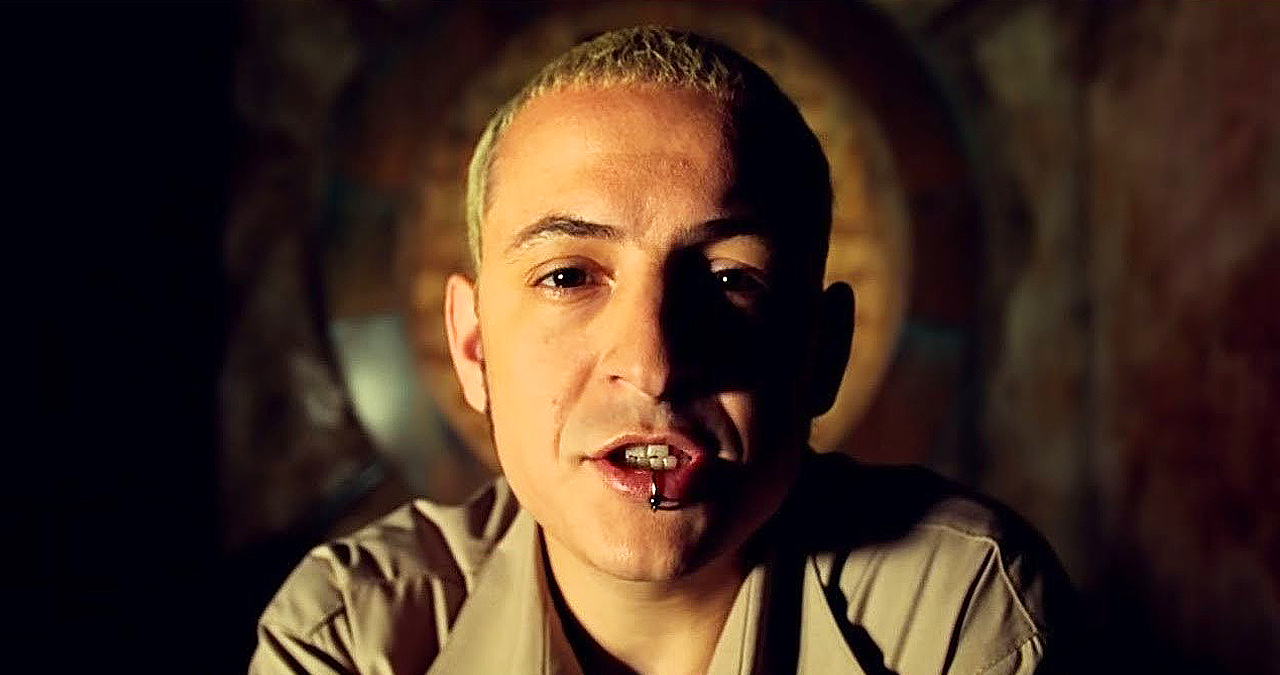
If you were of the generation that came of age during mainstream rock’s awkward nu-metal phase, you’ve likely scrubbed the worst of that era from your mind. But, as with all of popular music’s stylistic ebbs and flows, there are always those diamonds in the rough. One such being being the immense Hybrid Theory. The globally successful debut that introduced the world to Linkin Park.
A sledgehammer of an opening statement, Hybrid Theory bristled with a righteous anger yet was imbued with a sense of musical experimentalism that left the band’s contemporaries looking hollow in comparison.
The Californian five-piece had welded together a wealth of influences, bolting the heavy riffage and propulsive power of metal atop the chart appeal of then popular - but 'authentic'-feeling - hip-hop.
For listeners across the genre-divide, Hybrid Theory soon became a must-buy.
As its title implied, this genre-blurring was no corporate conceit, but stemmed from the band’s own almost scientific curiosity.
Co-fronted by the sadly missed Chester Bennington, alongside rapper and musical linchpin Mike Shinoda, Linkin Park seamlessly mixed gargantuan washes of guitar with credible hip-hop rhymes and a smattering of sample-based sonics and record-scratching that cribbed from the field of DIY turntablism.
These elements all worked in service of the most essential ingredient - a killer chorus. And boy, did Linkin Park know how to pen a hook.
No song signifies this ability more than In the End.
Released as Hybrid Theory’s fourth single on October 9th 2001, In the End's emotive piano motif became an instant ear-worm. Its philosophical, reflective lyric - and suitably gargantuan chorus - are all elements that have led it to now be regarded as the band's most widely-known, signature cut.
Perhaps its due to its fundamental honesty (its central theme exploring how hard effort can still result in failure) that is key to understanding why it continues to resonate with new listeners today.
A TikTok favourite, In the End has now garnered many billions of streams.
Want all the hottest music and gear news, reviews, deals, features and more, direct to your inbox? Sign up here.
“You can’t say, ‘This is what will be popular,’ and then make that thing,” Shinoda admitted in an interview with Rock Sound. “You can only do it after the fact. The fact is that, yeah, [In the End] has been one of our biggest songs, it’s been our biggest song for a long time.”
First formed while attending school in Agoura Hills, California in 1996 by a then-19 year-old Mike Shinoda alongside lead guitarist Brad Delson and drummer Rob Bourdon, the group that would become Linkin Park (then named Xero) were driven by the idea that their songs would purposefully reject categorisation.
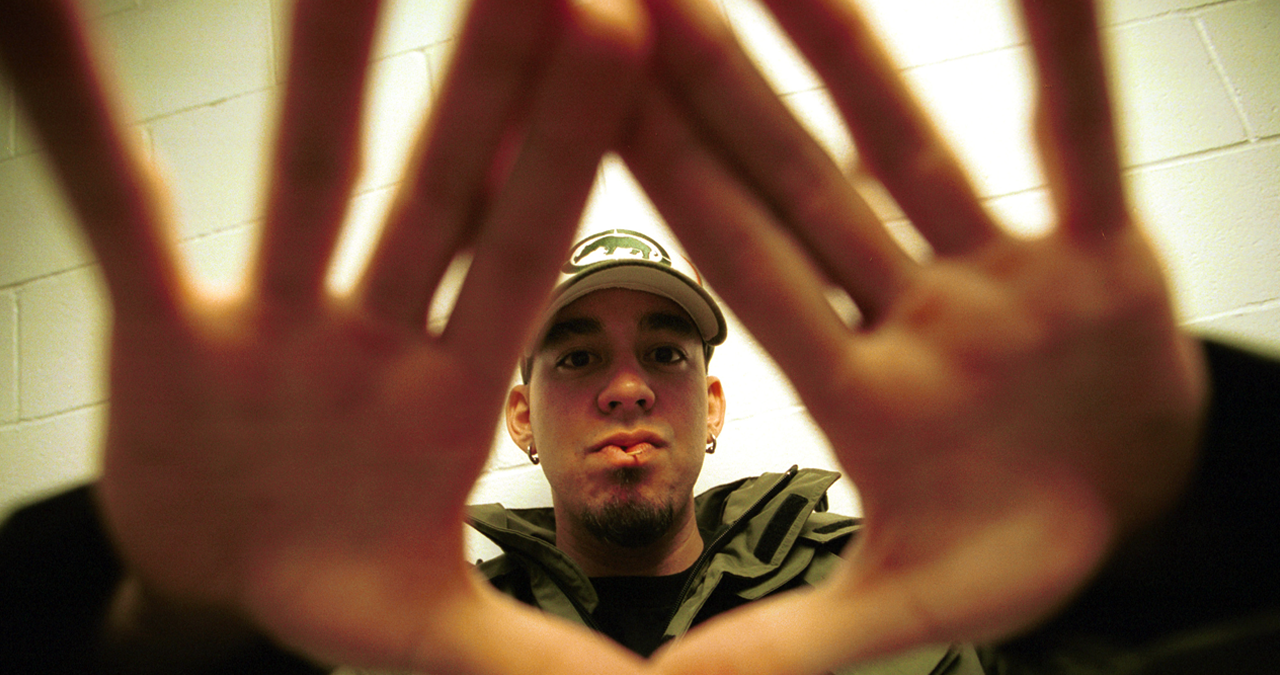
Xero's early sound - and member-roster- would go through several iterations. Ultimately, the youngsters realised that what they really needed was actually quite pivotal: a powerhouse rock vocalist.
Although singer Mark Wakefield initially took on the mantle, something didn't quite gel, and Wakefield promptly left.
After signing a publishing development deal with Zomba Music, the company's vice president (and key Xero advocate) Jeff Blue knew of an Arizona-based performer with considerable vocal heft. Perhaps he could potentially be the missing piece of the puzzle that his bright new hopes needed.
Enter dexterous vocalist Chester Bennington, formerly of under the radar rock troupe, Grey Daze.
“There was a lot of fear,” Chester told Rolling Stone in 2002, and also recalled that Blue sent him an instrumental tape over which he and the members of Xero wanted to hear his vocal ideas.
Bennington knew strong material when he heard it, and set to work on making the potential a reality.
“When I got that tape, we [Chester and his first wife] looked at each other and went, 'This is it, this is the one. It's gonna happen, even if it takes five years.’”
Over the ensuing months, Bennington decamped to California, and worked tirelessly alongside Shinoda, Delson, Bourdon and the band’s other members - DJ Joe Hahn and (following a rotating array of bassists) final member Dave Farrell.
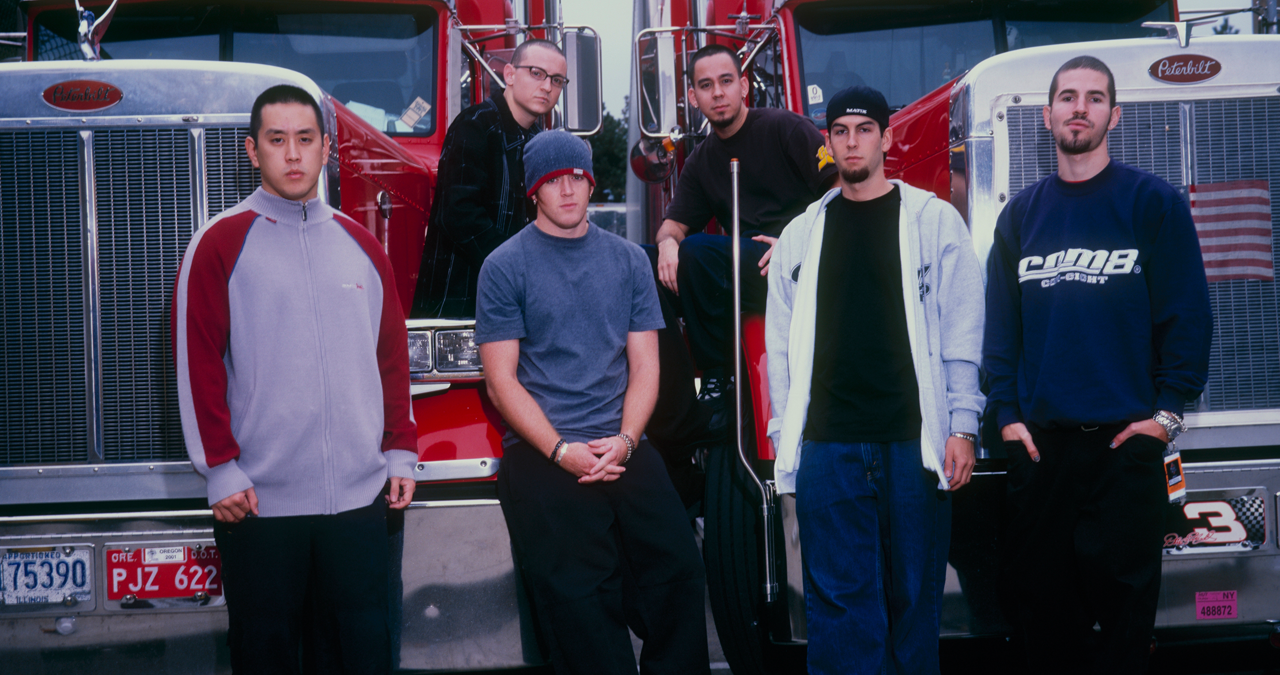
Xero would soon evolve into Hybrid Theory (a moniker that underlined the band’s conscious merger of rap and metal elements - and a title recycled for their debut LP), before settling into their final form as Linkin Park.
Endless attempts to to court major labels soon became wearing, and coming up with the songs that would form the spine of their debut record could be difficult and stress-inducing.
Particularly feeling the pressure was Bennington, who was at that point alternating between sleeping on friends’ couches and his own car.
“I went out there and spent a year not working,” Chester told Revolver. “All we did was the band. We lived the band! We put in a good three years’ worth of work in that nine or 10 months before we finally got picked up by Warner Bros.”
Ensuring that Hybrid Theory would stand up as a record for the ages became an all-or-nothing mission for the then 24 year-old vocalist.
“We each made our own sacrifices, but Chester's was unique," Brad Deslon told Rolling Stone. "Because he had so much to risk, he was extremely motivated. He would actually tell us, 'Guys, I don't think we're working hard enough.' "
Mike Shinoda recalled in an interview with us back in 2020 how the pair worked together in those early days.
“He was so remarkable in that way," Mike told us, reflecting on Bennington's impressive vocal range. "We didn't even know. I feel like we didn't even know the extent when we met and started writing together and experimenting with how he would fit into the band. One minute he's Dave Gahan from Depeche Mode and the next minute he's Layne Staley.
“Basically he would come in my house and it would either be just me and Chester or me, Chester and Brad,” Shinoda told us. “It was '99 maybe, or '98 and we'd work on new material and see what directions we could push his voice. At the time he was still developing his own identity as a singer.”
Chester had experienced a turbulent youth, and that's putting it mildly.
Having suffered sexual and physical abuse, Bennington had struggled to fit in at school. He found solace in drugs - a dependancy that he ultimately kicked, but it was a background had left significant mental scars.
Unlike the stylised anguish of many of his contemporaries, Bennington channeled these lived traumas into what would become Linkin Park’s early staples.
There's real pain informing the furious One Step Closer, the twisted admission of Crawling, and the ongoing war with shadowy internal demons bottled on the album’s irresistible opener Papercut.

But, Hybrid Theory’s most enduring cut, and undoubtedly the band’s biggest song, was In the End.
The first basic shape of the song originated during rehearsals within the tiny, grubby rented space in West Hollywood in which the band were holed up.
The verse groove came first - a spontaneous progression in D# minor that adhered to the grunge-template of a quiet, four-chord-looped verse lurching into a loud chorus and back again.
The skeleton of the song had legs, but most of the band were happy to consign it to the ever-growing pile of work-in-progress ideas. However, Mike had a feeling - a premonition almost - that something genuinely great could be grown from this seed.
Eager to follow his nose, Shinoda decided to carry on working on the idea.
By all accounts, there was some surprise when, rather than pack up, Shinoda told his band-mates he’d be settling into the windowless practice space, to continue work on the idea through the night.
Mike’s instincts were on point. Finding the song’s plaintive piano hook, which he repeated loop-style throughout the arrangement, Shinoda begun to feel the pull of a more reflective lyrical dimension being suggested.
He penned his mortality-tinged verse rap flow accordingly.
One thing, I don't know why
It doesn't even matter how hard you try
Keep that in mind, I designed this rhyme to explain in due time
Time is a valuable thing
Watch it fly by as the pendulum swings
Watch it count down to the end of the day, the clock ticks life away
“There’s a weird battle with hopelessness and the ephemeral nature of time and our lives that the song is really about,” Shinoda explained to Rock Sound.
“What’s so odd about the song is it’s almost talking about these things and saying, ‘I don’t have any answers.’ ‘Cause usually a song isn’t about having no answers, right? It just kind of runs itself around in a circle, lyrically. And especially as a young person, that’s just how I felt - that’s how we all felt. We didn’t know what to make of things, and, in a sense, that’s still what goes on today. It’s a timeless and universal thing.”
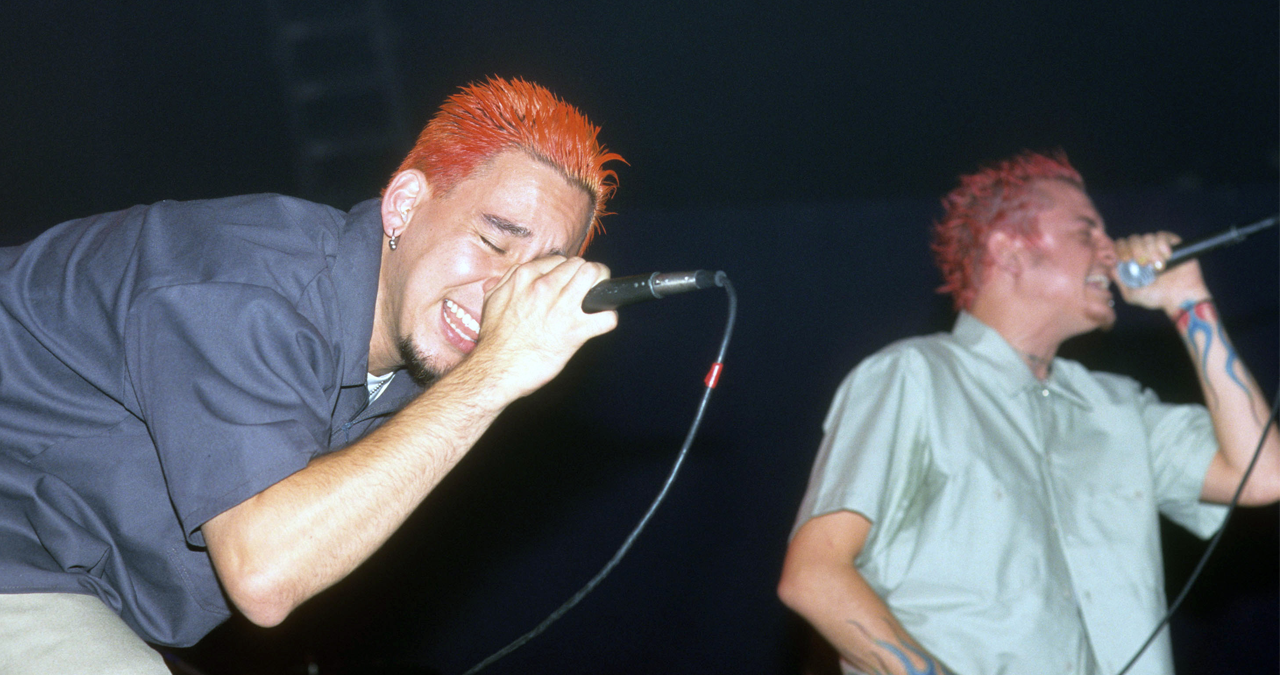
Following that long, but productive, night, a bleary-eyed Shinoda was satisfied that what he'd just made would be something that would be important to the band, for quite a long time…
“I occasionally get a feeling that a song is extra special. I had that feeling on In the End,” Mike told AltWire.
It was a feeling that was confirmed when a bemused Rob Bourdon rocked up for the day’s practice, to find a sleepless Shinoda still beavering away, adding the final touches.
“I think Rob Bourdon was the first one to show up for rehearsal the next day. I played it for him and he was freaking out,” Shinoda recalled in his interview with Rock Sound.
'It's the song we've been waiting for' Linkin Park's drummer allegedly remarked upon hearing it.
Shinoda would later be amused by the memory of penning the group's biggest song speedily over the course of one long night. "I wrote that piano line, the chords of the chorus, I did some raps, I did all of the programming for all the beats, sitting in a rehearsal space in Hollywood and Vine overnight," Shinoda reflected in his interview with Howard Stern.
In the End's sonics would be crystallised during the Hybrid Theory recording sessions with producer Don Gilmore at NRG Recording Studio in Northern California.
Crunchy lo-fi beats, further subtle piano ornamentation and - of course - Bennington’s massive chorus and spotlight lead final verse cemented the track.
Through his intense efforts to make Linkin Park a success, Bennington was constantly fraught with the fear that it could all come to nothing. The themes of Shinoda's new song, then, were easy to respond to.
Re-framing the themes of the verse rap within a succinct, compelling chorus (which, for clarity, Shinoda himself had penned) Chester delivered the suitably huge hook on which the song would hinge with characteristic intensity.
I tried so hard and got so far
But in the end, it doesn't even matter
I had to fall to lose it all
But in the end, it doesn't even matter
Additionally, Chester supported Shinoda's verse-raps with some ghostly responses, echoing several key lines and gradually rising in intensity on the periphery. Its effect was akin to a small wave steadily growing into the tsunami-scale magnitude of the chorus.
In the End was a clear standout on what was looking to be a very solid record, yet Chester was more keen on the band foregrounding the urgency of the album’s most visceral cuts, such as the snarling One Step Closer and towering thematic keystone Points of Authority.
"I don't really participate in picking singles. I learnt that after making Hybrid Theory. I was never a fan of In the End, and I didn't even want it to be on the record, honestly. How wrong could I have possibly been?,” Bennington related VMusic in 2013.
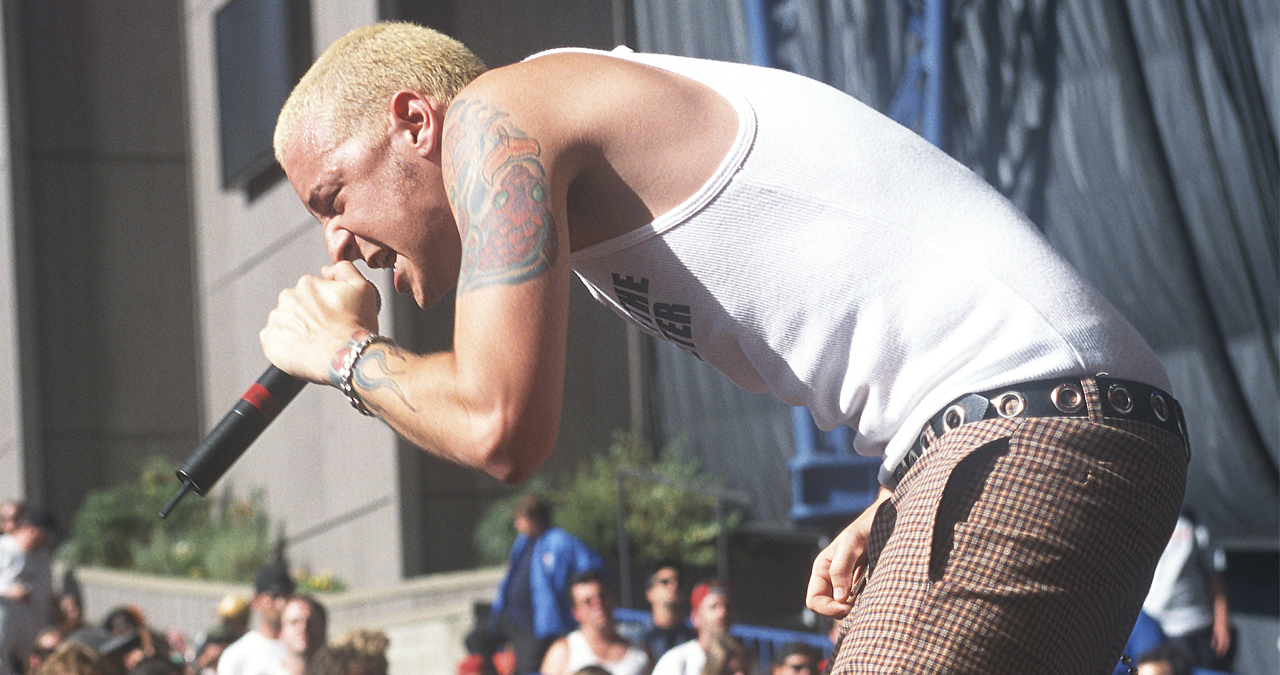
Although many have subsequently taken that quote to mean that Bennington ‘hated’ the song, Mike Shinoda clarified on The Howard Stern Show, that this reading couldn’t have been further from the truth.
“[He] didn’t hate it. No, no, no, no. That’s actually a misconception. Some people think that he hated the song, [but] he liked the song. He just loved really heavy stuff, and so when people were like, ‘This should be a single,’ he was like, ‘Uh, whatever. Like, that’s fine.’ It’s not the one he would’ve chosen.”
Chester himself, even in that original interview with VMusic, admitted to warming up In the End - which became the band’s biggest ever single - as the years passed. “Now I love In the End and I think it's such a great song," Bennington said. "I actually see how good of a song it is, it was just hard for me to see it at the time.”
And, in the end, the efforts of Bennington, Shinoda and crew did matter.
A genuinely brilliant record that has become a touchstone of the era. Hybrid Theory would peak at number 2 in the US Billboard Top 100 and would go on to sell over 30 million copies worldwide, becoming the best-selling debut of the 2000s.
No early 00's teen's bedroom was complete without it.
Linkin Park had arrived, and would stand at the the vanguard of the alternative scene as the first decade of the new millennium rolled-on. Their follow-up, Meteora in 2003, was arguably an even more impressive record on a musical level, but that's another story…
It was In the End that became the band’s most enduring song. Accompanying its release came the memorable desert-set video that would itself become a nostalgia-inducing time capsule for those of us who remember its constant rotation on alternative music video channels.
In the End continues to chime with successive generations. Even finding favour with the TikTok crowd.
“There are a huge number of new fans, in the multiple tens of millions, on streaming platforms,” Shinoda told The Guardian in 2024. “It’s also hysterical to see memes circulating on TikTok using Linkin Park music. That contingent is really exciting to me - not just because artists want to have new fans, but because it is a testament to the songs we created. Back then, I would have never guessed the music we were making would continue to connect with people 20 years later.”
In the wake of Chester’s tragic death by suicide in 2017, Linkin Park have continued on in a new form. Now co-fronted by former Dead Sara vocalist Emily Armstrong, the band’s eighth album, From Zero was released last year.
A fan of Linkin Park since first incessantly playing Hybrid Theory during her formative years, Linkin Park's new front-woman, fittingly, has ‘In the End’ tattooed on her arm.

I'm Andy, the Music-Making Ed here at MusicRadar. My work explores both the inner-workings of how music is made, and frequently digs into the history and development of popular music.
Previously the editor of Computer Music, my career has included editing MusicTech magazine and website and writing about music-making and listening for titles such as NME, Classic Pop, Audio Media International, Guitar.com and Uncut.
When I'm not writing about music, I'm making it. I release tracks under the name ALP.
You must confirm your public display name before commenting
Please logout and then login again, you will then be prompted to enter your display name.
![In The End [Official HD Music Video] - Linkin Park - YouTube](https://img.youtube.com/vi/eVTXPUF4Oz4/maxresdefault.jpg)

